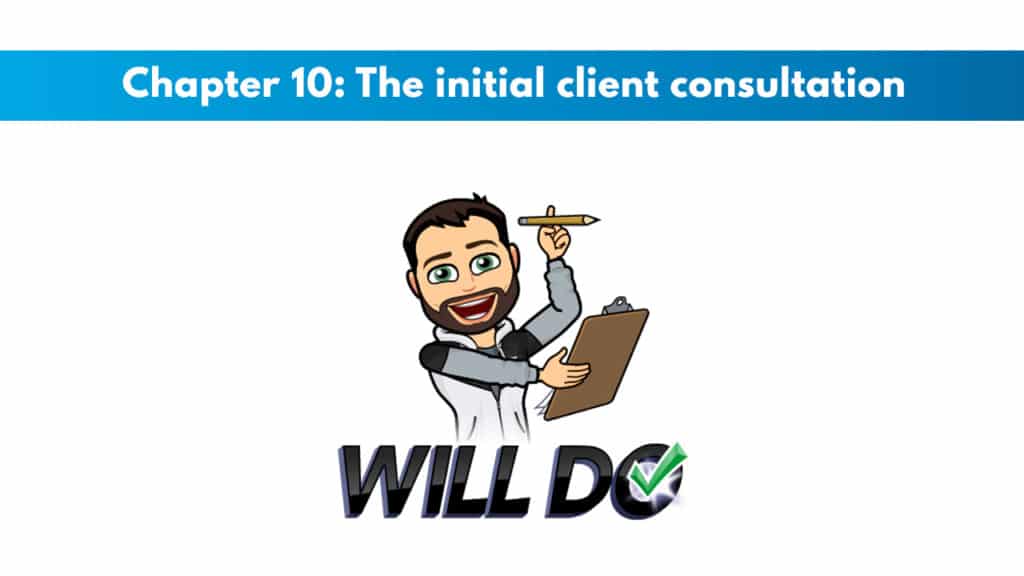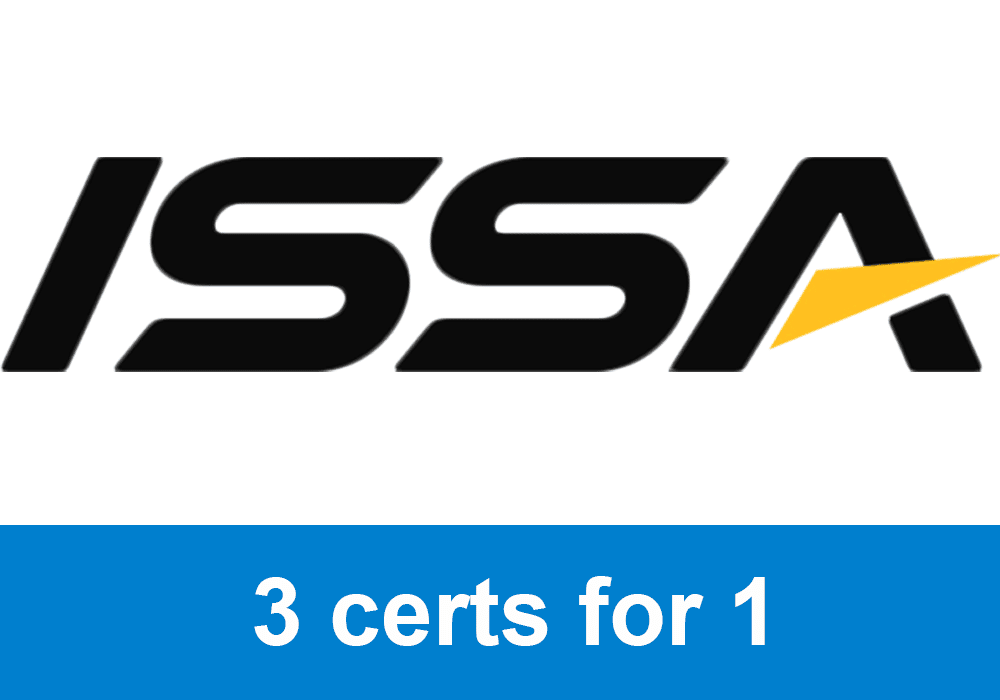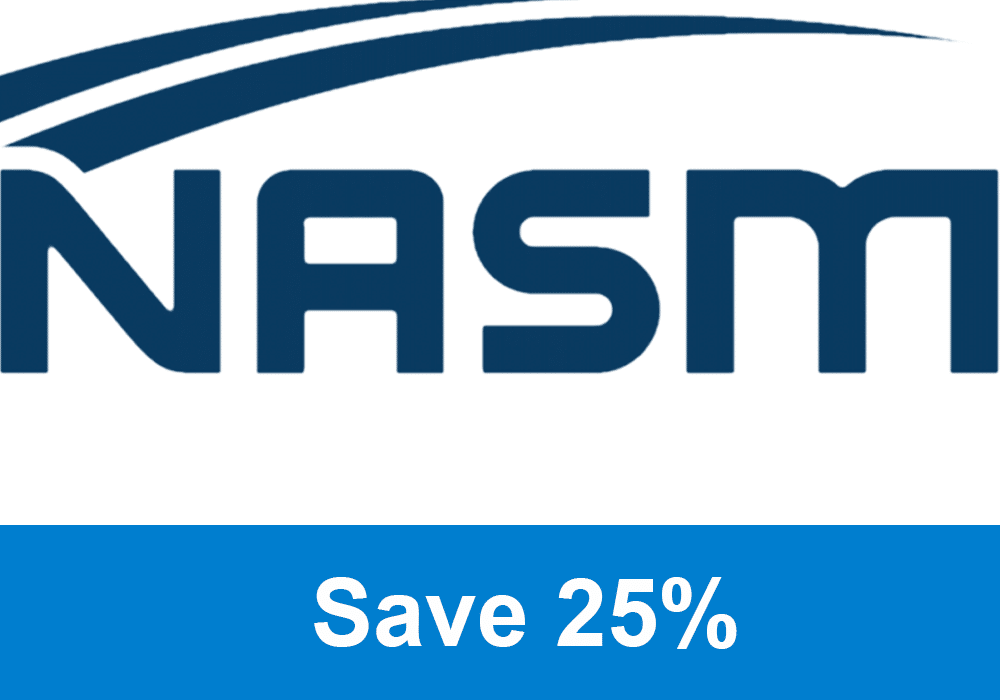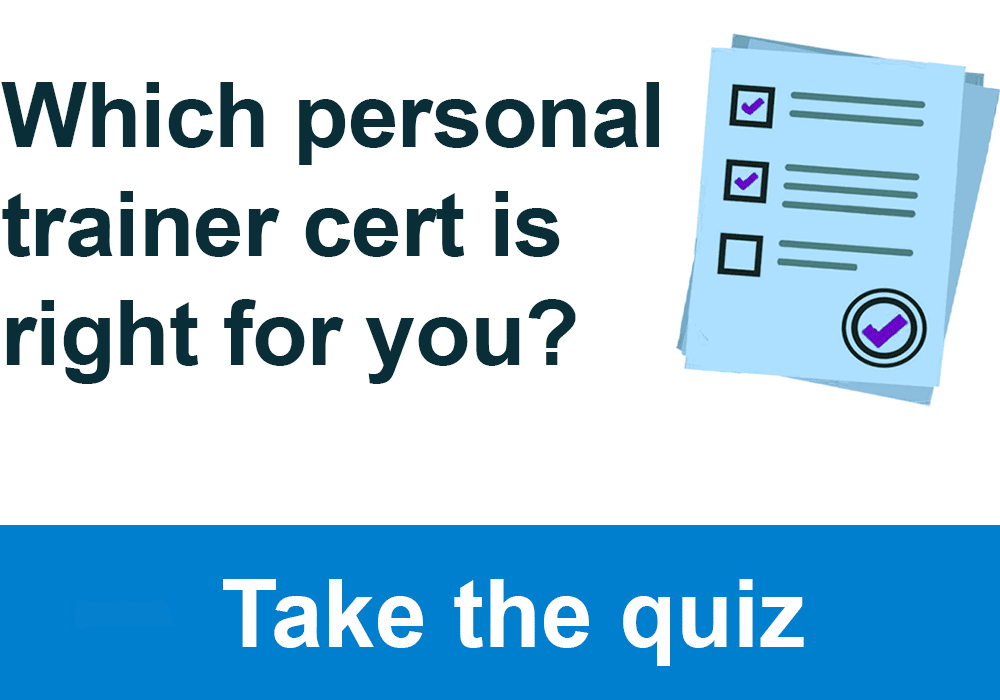
Get your copy of the ACSM CPT exam cheat sheet. It helps immensely for studying for the exam.
My PTP students report cutting their ACSM study time and effort in half with Trainer Academy.
Benefit from the Exam Pass Guarantee and Retake Fee Guarantee. Plus, take advantage of my current discount code PTPJULY for 35% off the MVP Program (Ends July 8th, 2025).
Try it out for free here to see if it’s right for you, or read my detailed review for further insights.
Chapter Objectives:
- Know the attributes of relationship marketing and how those attributes relate to the first and subsequent client appointments.
- Know the critical attributes of great customer service and hospitality.
- Find the nonverbal skills that are required to engage clients during the appointments successfully.
- Get comfortable with using the client centered approach for health and fitness coaching.
- Know the elements and value of the first client contact for a precursor to the first client consultation.
- Know the preparation and components of the first client contact, how the appointment structure will go, and the precedence it sets for the whole relationship with the client and trainer.
- Find the strategies for recommending and selling training packages and getting a commitment from the client.
Aspects of Successful Client Relations
Trainers must create a strong framework for retaining and attracting long lasting client to trainer relationships.
Customer Service and Hospitality
Trainers are considered to be in the service industry and since this is true, they must port forth a service for assisting and guiding while showing good customer service and hospitality to their clients.
Giving great customer service includes these types of things:
- 24 – 48 hour courtesy call before meetings.
- Be either on time or preferably early for their appointments.
- Be 100% prepared for each and every appointment.
- Be prompt and courteous when responding.
- Show good organization and reliability, and always give a follow up if you promise to do so.
- Give programs based on science and credible sources.
- Answer questions that clients may have concisely and accurately in your scope of practice.
- Give clients references to the right professionals when the issue is not in your scope of practice.
- Listen to the concerns and give sincerity when responding.
- Respectfully speak to clients and other people.
- Dress both professionally and appropriately.
The traits to show hospitality are:
- Optimistic warmth: There should be a sense of the glass always being half full, having genuine kindness and thoughtfulness.
- Intelligence: Be open minded and have an insatiable curiosity for learning.
- Self-awareness and integrity: This is the act of understanding what makes someone tick and having a natural inclination to be accountable for doing the right thing.
- Empathy: Have awareness and care for how others feel and how someone’s actions affect others.
- Work ethic: A natural tendency to do things as well as possible.
When someone has those qualities, they will be able to do these things:
- Greet your clients with a good handshake, an authentic smile, and good eye contact.
- Show that the client’s best interests are in your thoughts in all circumstances.
- Give attention to clients’ requests and do what you can to make it happen.
- At the end of the session, make sure that you thank the client for their time.
- Make follow up emails and calls and see how the client feels following a personal training session.
- Send handwritten cards to thank the client following appointments or when they reach a specific goal.
- Find opportunities to go above and beyond what is expected.
Relationship Marketing
The principle of relationship marketing:
- When personal relationships with customers take precedence and sales will usually follow.
- Keeping existing clients takes precedence over finding new customers.
Principles of marketing are essential for successful businesses and it uses many concepts from customer service and hospitality.
The goal of marketing is bringing the buyer and the seller together.
The first premise of relationship marketing is having and emphasizing personal relationships with clients. This is supported by the idea that clients have a deep desire to trust the provider of business and are inherently loyal.
Exclusive PTP CPT Offers |
||
|---|---|---|
Most Popular Cert | Best Online NCCA Cert | Best Study Materials |
Gold Standard Cert | A Good Option | Best CPT for you?  |
The second premise of relationship marketing is focusing on keeping clients instead of new ones.
The Power of Nonverbal Communication
Looking at and for nonverbal cues is known to be more reliable and essential for getting to know and understand someone else than just listening to speech.
Some of the behaviors increase body language attractiveness and improve nonverbal communication skills:
- Appearance and physique: This is maintaining good hygiene and a fit and healthy overall appearance. Clothing colors can influence quite a bit also, so be aware of that.
- Eye contact: Make eye contact as often as you can, but not really staring for more than a few seconds in one time, as that makes people a tad uncomfortable. Blink less also so that you don’t convey that you have a wandering mind.
- Facial expressions: Make sure you smile a lot and appear genuinely interested in the client. Widen your eyes and raise your eyebrows to show interest and surprise.
- Head movements: Keep your chin up and nod a yes for showing interest.
- Gestures: Express things with your hands and body movements without exaggeration.
- Posture: When you sit and stand, you should be erect and lean forward, thus showing some interest. Don’t cross your arms and legs.
- Proximity and Orientation: Be close to the client but not too close as to crowd the client. This is about 1.5 to 4 feet.
- Timing and synchronization: Speed up activities, but not so much that they are ineffective.
- Nonverbal aspects of speech: Balance the need for listening with the need to talk. Letting your client talk often gives you information you otherwise would not have had.
The Client Centered Approach to Coaching
Along with the acts of customer service and hospitality, behavior change and motivational coaching skills enhance the client to trainer relationship further. These skills increase the ability of the trainer to change behavior through increases in understanding that the trainer has for the client. It includes these next three bullets in this section.
Rapport Building
The first is establishing rapport, which we do by building trust and respect in our client relationship. Open ended questions are one way that we should accomplish this. This could be as simple as asking them what a typical day for them is like. All in all, this rapport building should see the trainer only talking 10 – 15% of the time and this is focused on pacing the conversation.
Exhibiting Empathy
We should listen and express our understanding of the conversation and the client to show empathy. People will develop a kinship with someone who relates to them or even has had similar experiences. It would help if you made it a goal to repeat what the client has said and clarify things through a question.
Active Listening
This is the act of understanding the meaning of what the client is saying.
These things show that the trainer is using the client centered approach:
- The trainer speaks slowly
- The client speaks more than the trainer
- The client talks about changing behaviors
- The trainer listens intently and directs the conversation when that is appropriate
- The client makes realizations and connections that were not previously considered
The summary of client centered techniques:
- Asking simple and open ended questions
- Listening and encouraging with both nonverbal and verbal prompts
- Clarify and summarize what you hear and direct the summaries as a question for clarification by the client.
- Use reflective listening, which bridges the gaps between the client’s words and the statements’ meaning.
Preceding the Initial Client Consultation
Generating Clients
Word of Mouth Advertising
One of the most cost effective and powerful ways to market is through this word of mouth style of advertising referrals from happy clients. These are often unsolicited and without any effort that comes from the trainer. But the trainer may also find it helpful if they suggest to their clients that they are looking for more clients.
Fitness Floor Exposure
Working with clients on the fitness floor is a walking advertisement to people about their style and their services. This is why you should always show professionalism and attention to your existing clients when you are training.
Complimentary Consultations
Some people believe that offering free services will devalue the whole service, but it could also lead to more clients, so it is a give and take.
Front Desk Contacts
This depends on the size f the gym that you are at, as the front desk and receptionist will be the first to field questions and, thus, possibly refer clients in your direction.
Professional Networking and Refunds
This is an integrated community network and the referring of mutual professionals.
Exclusive PTP CPT Offers |
||
|---|---|---|
Most Popular Cert | Best Online NCCA Cert | Best Study Materials |
Gold Standard Cert | A Good Option | Best CPT for you?  |
Internet and Social Media Marketing
This highly increases the number of exposure points, which is the main way to increase your business when you are a trainer. The use of social media now allows the easiest advertisement of yourself.
Initial Client Contact
This assists the trainer in gathering and organizing information about clients while making an impression on clients when you show care and professionalism.
Initial Client Contact Process
The process basically looks like this:
Assess the compatibility that you have and then refer them as needed.
Please talk about the client’s health and fitness goals and any relevant conditions and limitations to ensure experience and scope are sufficient for the client’s needs.
Talk about the experience, training style, and educational background, and make sure it is adequate and appeals to the client.
State the structure of the fee and make sure that it is agreeable to the client.
Discuss the schedule preferences that the client has.
Refer to other professionals when the goals and interests aren’t compatible or when it is outside their scope of practice.
Exchange information for contacting them.
Make sure to schedule an initial client consultation.
Provide some service introduction packets.
Client Intake Form
This should be given along with the previous contact process.
Preparing for the Initial Client Consultation
The trainer needs to take care when departing the client and make sure to make eye contact and shake their hand, walk the client to the door, and then thank the client and use their name when you genuinely express that you are awaiting the next visit.
Initial Client Consultation
Consultation Location and Confidentiality
The location sets your tone for the sharing of information and the building of your relationship with clients. The experience should be viewed through the eyes of the client and a hospitable and private environment should be created. Discussing confidential and personal health info needs to be in the strictest confidence and taken very seriously with all clients. Some clients may care less, but all should be treated equally to have a warm and welcoming atmosphere.
Introduction and Consultation Agenda Review
Warm welcomes for the client when you first see them; shaking hands and smiling and engaging in light conversation will put the client in a good mood. If you also define the appointment structure, you will lessen a potential client’s anxiety regarding this session. It can also allow the clients to express their concerns and feelings that make them uncomfortable.
Components of the Consultation
These depend entirely on your health club or organization.
Personal Trainer to Client Agreement
Before joining a business relationship, this reviews the client’s and the trainer’s expectations. A good thing to include here is the cancellation or no show ramifications for the parties. This allows a good mutual understanding.
Health/Medical History Evaluation Form and/or PAR-Q
This involves reviewing the health history and knowing the areas that need improvement and the present limitations is very important.
Medical Clearance Form
This is found through the previous form and is needed when a client meets the criteria for physician clearing before starting a program.
Informed Consent
This is used for the client to know the risks and benefits of the assessments and the act of engaging in a guided exercise program.
Client Goals
These guide the trainer to expand on the client’s goals with questions and get more responses to ensure you work on the client’s desires.
Health and Fitness Assessment
We do this once the restrictions and limitations have been found and goals are identified. This assessment will find where the client is in terms of their health and fitness in an easily observable way personally for the trainer.
Assessment Results and Action Plan
This is the giving of results to the client and the presentation of the plan of action that you suggest. This enables discussion of goals and agreements of the training between the two.
Recommending Appropriate Personal Training Packages
Based on the findings you get during the assessment and goals, the action plan comprises our recommended training package and the presentation of that.
A problem that often happens is that the client purchases too few sessions and does not show as great of progress early on. The client may become disappointed with their training and think it doesn’t work for them, but it’s because they’re not getting enough time early on to learn movements.
Obtaining Client Commitment
Once you have developed a rapport with your initial client contact and have an educational, thoughtful, and caring approach for the initial consult, the training package purchased by the client is a natural step in obtaining exercise and fitness training.
It can be helpful to review the training packages and also mention what your other clients often purchase, along with any other regular things people do that your train.
Leading into the Next Client Appointment
When ending these other sessions, you must thank your client for their time and display eagerness for your next session with them.

 Have a question?
Have a question? 



Tyler Read
PTPioneer Editorial Integrity
All content published on PTPioneer is checked and reviewed extensively by our staff of experienced personal trainers, nutrition coaches, and other Fitness Experts. This is to make sure that the content you are reading is fact-checked for accuracy, contains up-to-date information, and is relevant. We only add trustworthy citations that you can find at the bottom of each article. You can read more about our editorial integrity here.